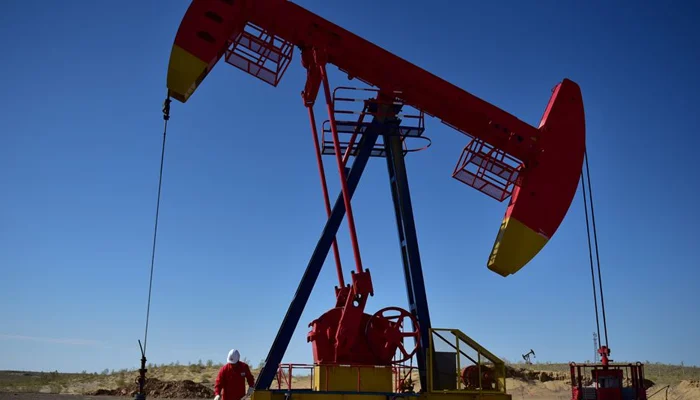Oil prices increased on Thursday as supply fears spurred a rebound from multi-month lows hit the previous session following dismal fuel demand data from the United States.
At 0653 GMT, Brent crude prices were up 10 cents, or 0.1 percent, at $96.88 a barrel, while West Texas Intermediate (WTI) crude futures were up 21 cents, or 0.2 percent, at $90.87.
In the previous session, both benchmarks plummeted to their lowest levels since February after US data showed crude and gasoline stocks unexpectedly increased last week and OPEC+ decided to raise its oil output target by 100,000 barrels per day (BPD), or approximately 0.1 percent of global oil demand.
The Organization of the Petroleum Exporting Countries (OPEC) and allies including Russia, known as OPEC+, have been previously increasing production but have struggled to meet targets as most members have already exhausted their output potential.
“OPEC+ agreed to increase production by 100,000 barrels per day in September, far lower than previous months’ production. The global energy market still faces supply shortages,” said Leon Li, an analyst at CMC Markets.
He added that WTI oil prices are “likely to oscillate” between $90 and $100 a barrel.
While the United States has asked the group to boost output, spare capacity is limited and Saudi Arabia may be reluctant to beef up production at the expense of Russia, hit by sanctions over the Ukraine invasion that Moscow calls “a special operation”.
This year’s oil market surplus had been cut by 200-300 kbpd by OPEC+, three delegate told Reuters before the meeting.
“Given the continued downward revision of crude demand expectations, it appears that OPEC+ is rejecting requests to increase output. OPEC and its allies will do nothing to alleviate the world’s protracted energy crisis “OANDA senior analyst Edward Moya made the comments in a note.
“Oil prices are expected to continue depressed for the time being, so there should be little room for error here. Even as the global economic slowdown worsens, crude oil prices should find strong support around $90 a barrel and finally rebound to $100 a barrel.”
As concerns about a global economic slowdown mount in the United States and Europe, emerging market countries struggle under the weight of mounting debt, and China, the world’s largest oil importer, enforces a stringent zero COVID-19 policy, oil demand remains uncertain.
There were also unexpected rises in US crude oil and gasoline inventories last week, as exports dropped and refineries slashed their output, according to the Energy Information Administration.
Prices were supported on Thursday by the Caspian Pipeline Consortium (CPC), which connects Kazakh oil reserves with the Russian Black Sea port of Novorossiisk, but no data were provided.
Mahnur is MS(development Studies)Student at NUST University, completed BS Hons in Eng Literature. Content Writer, Policy analyst, Climate Change specialist, Teacher, HR Recruiter.










